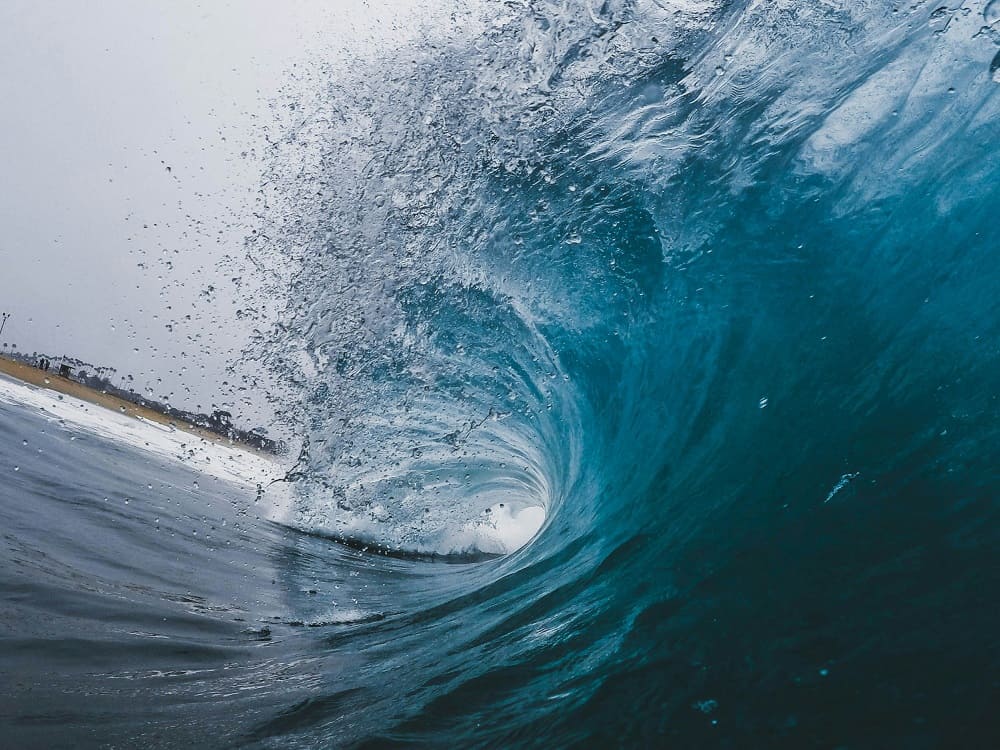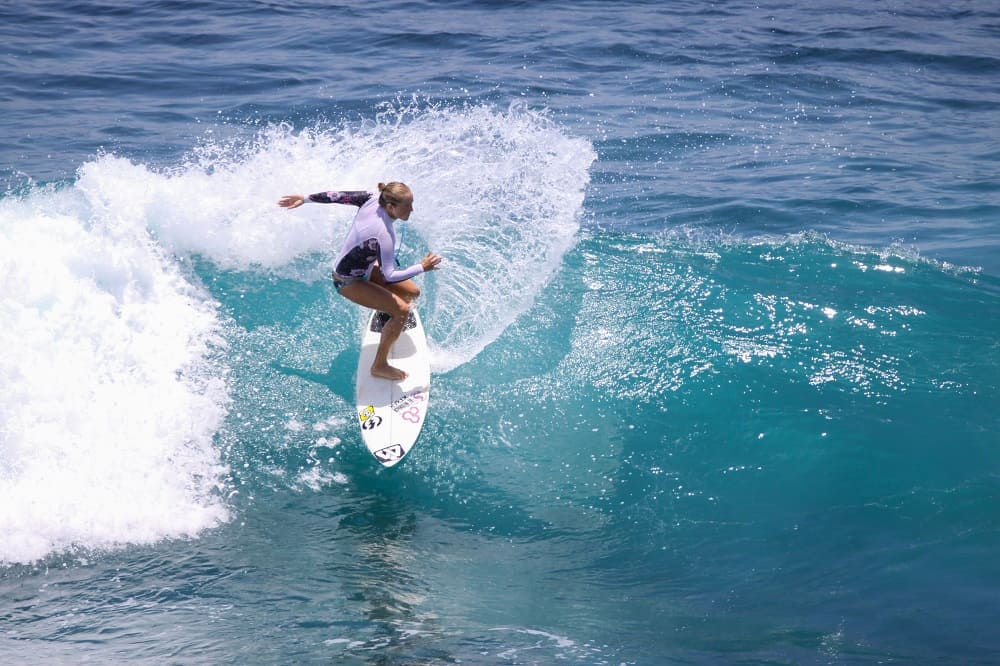Surfing is not just a sport; it’s a lifestyle. Surfers around the world are constantly seeking the perfect wave, that elusive combination of elements that creates an exhilarating ride. But finding the best surfing conditions requires more than just paddling out and hoping for the best. It demands a deep understanding of wave dynamics, wind patterns, tides, and other factors. In this article, we’ll delve into the art of reading waves and identifying the optimal conditions for surfing.
Surfing has been a popular water sport for centuries, with origins tracing back to ancient Polynesian cultures. Today, it’s enjoyed by millions of enthusiasts worldwide, from professional athletes to casual weekend warriors. At its core, surfing revolves around one fundamental element: waves. But not all waves are created equal. Some are small and choppy, while others are powerful and barreling. To maximize the surfing experience, surfers must be able to identify and navigate the best waves.
Understanding the Factors Influencing Surfing Conditions
Wind
Wind plays a crucial role in shaping wave quality. Offshore winds, blowing from the land towards the ocean, groom waves and create clean, smooth faces ideal for surfing. Conversely, onshore winds, blowing from the ocean towards the shore, cause waves to break prematurely, resulting in messy and unpredictable conditions.
Swell
Swell refers to the series of waves generated by distant weather systems. It’s influenced by factors such as wind speed, duration, and distance traveled. The size, direction, and period of the swell greatly impact wave quality, with longer-period swells producing more powerful and rideable waves.
Tide
Tide levels affect the depth and shape of the ocean floor, which in turn influences wave behavior. Certain tide states, such as high or low tide, can enhance or diminish wave quality depending on the specific surf spot and prevailing conditions.
Ocean Floor
The topography of the ocean floor profoundly affects wave shape and consistency. Features like sandbars, reefs, and underwater obstacles can either amplify or disrupt wave energy, creating surf breaks with distinct characteristics.

Identifying Ideal Wave Conditions
Optimal Wind Directions
For most surf spots, offshore winds are preferred as they create clean, organized waves. Cross-shore winds can also produce good conditions, depending on the angle and intensity.
Ideal Swell Height and Direction
The ideal swell height and direction vary depending on the geographic location and specific surf spot. Generally, waves in the chest to head-high range with a favorable direction offer the best surfing conditions.
Favorable Tide States
While some surf breaks perform best at high tide, others come to life during low tide. Understanding the local tide chart and how it interacts with the ocean floor is essential for maximizing wave quality.
Suitable Ocean Floor Topography
Surf breaks with sandy bottoms tend to produce mellow, forgiving waves suitable for beginners, while reef breaks offer faster, more powerful waves favored by experienced surfers.
Tools and Resources for Reading Waves
Surf Forecast Websites
Online platforms like Surfline and Magicseaweed provide detailed forecasts, including wave height, wind speed, and tide information, helping surfers plan their sessions accordingly.
Mobile Apps
There are several mobile apps available that offer real-time surf reports, live webcams, and community-driven updates, allowing surfers to stay informed while on the go.
Local Knowledge and Community
Nothing beats firsthand experience and local insights when it comes to reading waves. Building connections within the surfing community and learning from seasoned veterans can significantly improve wave reading skills.
Tips for Improving Wave Reading Skills
Practice and Experience
Like any skill, wave reading improves with practice and experience. Spending time in the water, observing wave patterns, and experimenting with different conditions are essential for honing this skill.
Observation of Wave Patterns
Learning to recognize subtle changes in wave behavior, such as peak formation, wave direction, and interval between sets, can help surfers anticipate upcoming sets and position themselves accordingly.
Learning from Others
Surfing is a communal activity, and sharing knowledge and experiences with fellow surfers can accelerate the learning process. Don’t hesitate to ask questions, seek advice, and learn from others’ successes and mistakes.
Safety Considerations and Precautions
Rip Currents
Rip currents are fast-moving channels of water that flow away from the shore, posing a significant hazard to swimmers and surfers. Understanding how to identify and escape rip currents is essential for staying safe in the surf.
Shark Activity
While shark encounters are rare, surfers should remain vigilant and aware of their surroundings at all times. Avoiding areas with known shark activity and adhering to established safety protocols can reduce the risk of encounters.
Crowded Surf Spots
Popular surf breaks can get crowded, especially during peak seasons and favorable conditions. Practicing proper surf etiquette, respecting other surfers’ space, and maintaining awareness of your surroundings can help mitigate the risks associated with crowded lineups.
Conclusion
Reading waves is both an art and a science. By understanding the complex interplay of factors that influence wave behavior, surfers can make informed decisions and maximize their time in the water. Whether you’re a seasoned pro or a novice enthusiast, honing your wave reading skills is essential for unlocking the full potential of the surfing experience.

Luca is a professional surfer with a passion for riding waves. He’s spent years perfecting his technique and exploring the world’s best surf spots. When he’s not out on the water, Luca enjoys sharing his surfing insights and experiences through blog.

